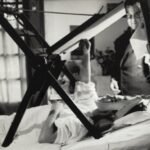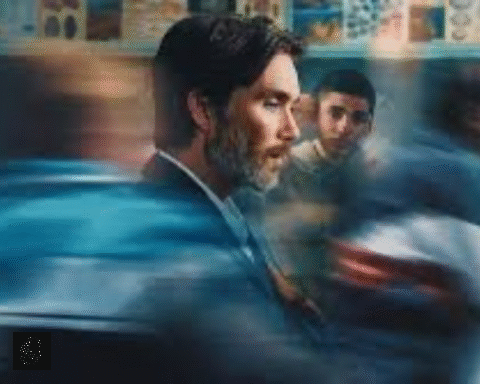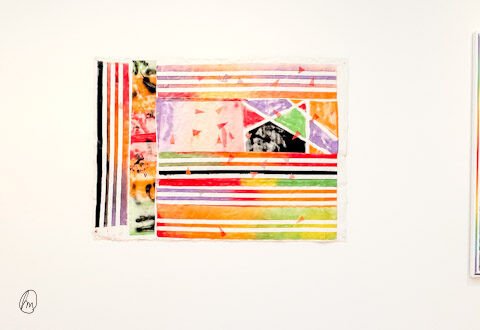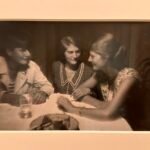As Pride Month fades from the headlines, it’s the perfect time to revisit a rare photographer who saw sculptural perfection in the contours of the human body. Robert Mapplethorpe possessed a singular gift: he could photograph plants and flowers in ways that sparked unmistakably sensual—yet never vulgar—associations. Not in every viewer. And that’s exactly as it should be. Some would have crucified him for it. If your sense of beauty and value fits only within narrow frames, feel free to click away—for your own peace of mind.


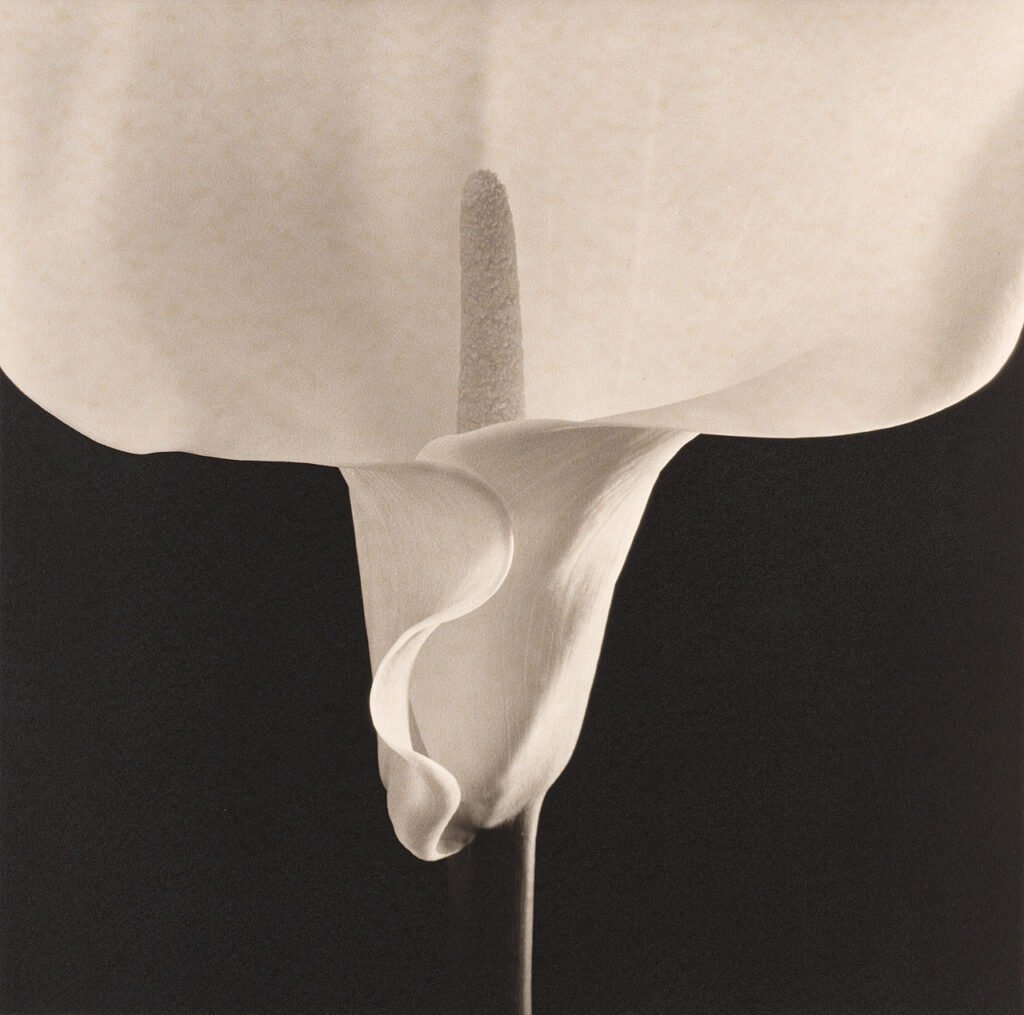
The provocateur
Robert Mapplethorpe, born in 1946 in New York to a conservative Catholic family, was a provocateur of thought and a quiet agitator of taboos. His journey began in what we’d commonly call a safe environment—orderly, respectable, and untouched by controversy. From there, he launched a career that blurred the boundaries of love and gender.
Initially a sculptor, he soon turned to photography—a restless spirit in search of the unknown and the sensuous beauty hidden just beneath the surface. He portrayed sexual desire in visually provocative ways—bold, unfiltered, yet composed with precision. Part of his body of work captured the lives and rituals of New York’s S&M underground. But his goal was never to shock. It was to explore what was unfamiliar— to himself—and to share that discovery through art.
What he revealed, he revealed without distortion: a world no one had dared to show quite like this before.
Mapplethorpe’s photographic technique and sense of form reached an exceptionally high standard—one that continues to be celebrated internationally and treasured by collectors. His works have been exhibited in many of the world’s most prestigious institutions, including the Metropolitan Museum of Art. In Hungary, his photographs were shown at the Ludwig Museum in 2012.

Lady Lisa Lyon
Mapplethorpe’s rare vision and refined technical mastery shine through in his Lady Lisa Lyon photo album. Across 115 duotone images, the book captures his deep fascination with the human body—its power, its elegance, its sculptural presence. Lisa Lyon, the world’s first female bodybuilder, became both muse and collaborator, working with Mapplethorpe throughout the 1980s on a striking series of studies exploring the female form.
The Black Book
In The Black Book, published in 1986, Mapplethorpe pays visual tribute to the Black male body through 96 tightly composed photographs. At times stylized and sculptural, at others reduced to raw, powerful torsos, these images celebrate the luminous sheen of Black skin. They are studies of the male form, rendered with obsessive precision—down to the smallest detail. Sensuality and sexuality were never subtext in his work—they were the banner under which he proudly created.
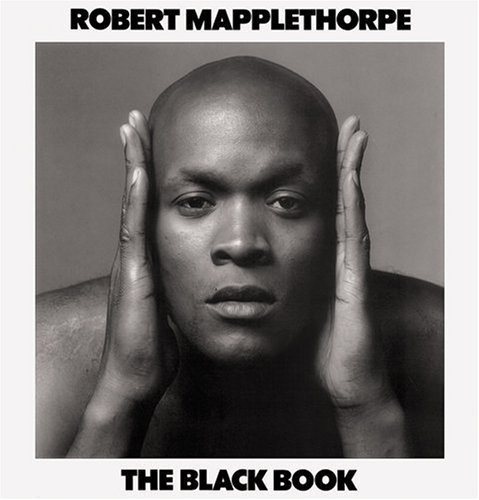

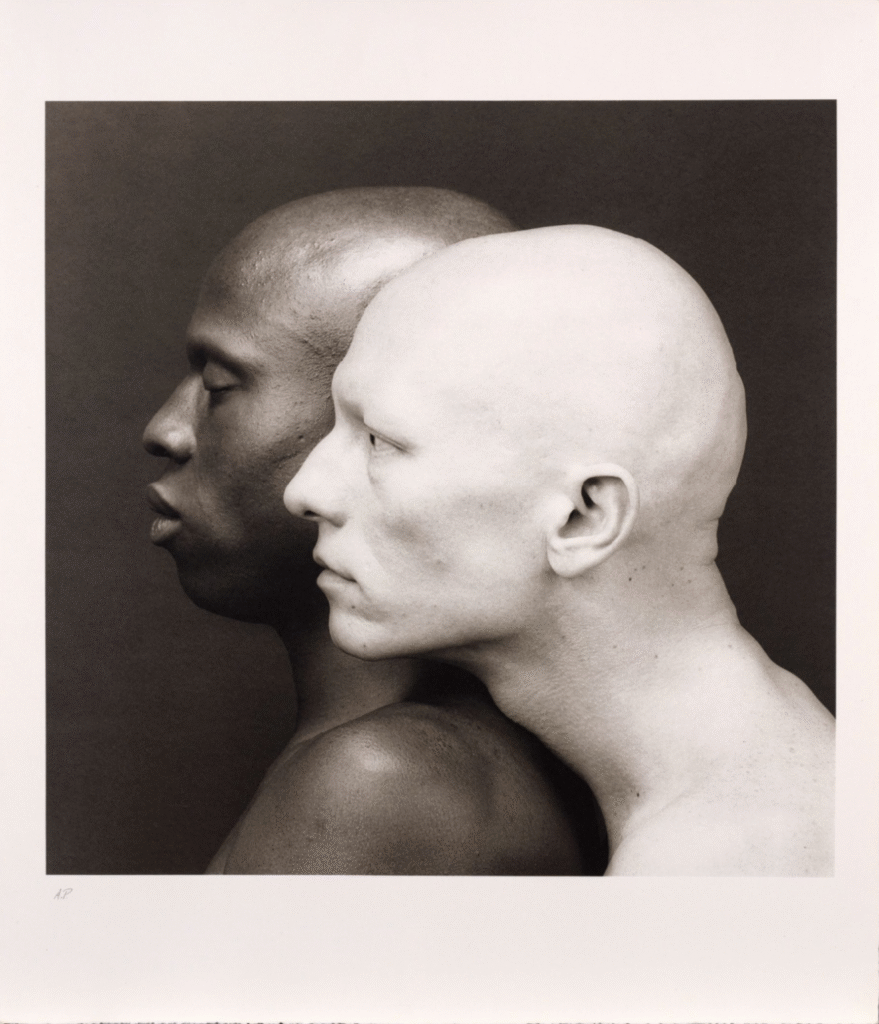
Outro
It’s true—Mapplethorpe’s artistic messages are not for everyone. But for those even slightly open, his work offers a sensual journey shaped by dignity, precision, and a fearless eye. Beneath the pursuit of formal perfection and aesthetic courage lies something just as vital: the will to document.
Whether capturing the world of New York’s S&M underground, the male physique, or still-life flowers bursting with tension, Mapplethorpe approached it all with the same unwavering intent—to see, and to show, without flinching.
Who you love—and how you love—is no one else’s business, as long as it’s mutual and free. There is nothing to forbid. Through his art, Mapplethorpe led us into worlds others were too afraid to approach. He placed sensuality and sexuality where they belong: on the highest ground of artistic expression. Without shame. Without apology.
His documentary impulse is just as legitimate and powerful as that of Roger Ballen. While Ballen’s images probe the outer edges of the psyche, Mapplethorpe’s become truly compelling at the point where these two extremes—inner madness and raw reality—meet in a rare moment of aesthetic balance and fearless discovery.
Source: Lens Culture Magazin, Mapplethorpe fundation, Ludwig museum, Guggenheim Museum
Photos: All credits goes to Mapplethorpe






